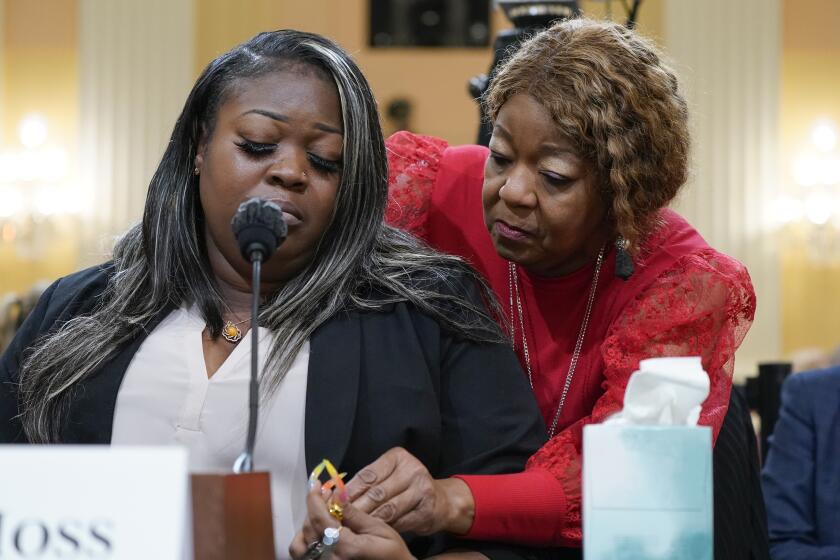What Would They Be Getting Us Into? : The new NATO: mechanism for collective intervention?
The late Dean Acheson, President Truman’s secretary of state, riled America’s closest ally in the early 1960s by remarking that while Britain had lost an empire, it had not yet found a new role to play in world affairs. Last week’s meeting of NATO defense ministers in Brussels offered a variation on that theme. The 42-year-old alliance, created to provide collective defense in the event of an attack on any of its members, acknowledges that the military threat from the Soviet Union has grown steadily less credible. And so NATO, having all but lost its longtime enemy, has begun searching for a new role to play in world affairs. It wants to remain a functioning alliance binding together Western Europe and North America with, of course, a formidable managing bureaucracy. What it is looking for now is a new reason for being.
THREAT REDUCTION: Granted, the possibility of a revived Soviet threat hasn’t been ruled out. The Soviet Union’s prospects look to be anything but stable, the direction that might be taken by its future leaders can’t be known. This element of doubt dictates that NATO’s largely American nuclear forces in Europe will be retained, if on a reduced basis. But the realities of rapidly retracting Soviet power now decisively affect NATO’s calculations about force levels and missions. Two months ago the Soviet-sponsored Warsaw Pact went out of business. By 1994 the last Soviet forces are scheduled to leave Eastern Europe. By then only two NATO countries, Norway and Turkey, will still have Soviet troops on their borders. At that time U.S. forces in Europe, currently more than 300,000, will begin a build-down that eventually could cut their numbers by two-thirds. Overall, NATO’s 2.8 million-person land, air and naval units in Europe will shrink steadily.
NATO’s armies are to be reorganized into a number of multinational corps, including a “rapid reaction corps” of all-European land forces supported by U.S. air and naval units. As part of this reorganization most U.S. ground troops will be removed from the most war-ready combat units. But what exactly are these revamped forces standing ready to do? Once it gets past the structural certainties of a revised table of organization NATO is much less clear about where it might be headed.
The NATO treaty commits its members to a collective response if any of them is attacked. But the communique issued after last week’s defense ministers meeting raises the possibility of collective action in the event of other perceived crises. It cited “considerable political, social, economic and ethnic pressures” in Eastern and Central Europe that could jeopardize the Continent’s “overall stability,” and noted “risks . . . elsewhere”--the Persian Gulf is specifically cited. NATO’s ministers seem to hint at missions that extend beyond the treaty’s defined limits.
The implication appears to be that NATO won’t only be an organization for collective defense, but a mechanism for collective intervention and pacification. Some NATO officials even now mention turmoil in Yugoslavia or the Soviet Union as instances that could invite NATO action.
INCREASED UNCERTAINTY: If such a thing is in fact envisaged, if plans are being made for NATO to respond to out-of-area threats to peace and security, or to crises that only indirectly impinge on the security of its members, then authorities higher than NATO ministers should be the ones to say so. If the NATO treaty is to be reinterpreted to embrace commitments not earlier anticipated, then certainly Congress, along with the parliaments of the other member states, must be consulted. Is NATO being reshaped for possible action outside of Western Europe? If that’s the case then the legislatures of the democracies that contribute to its forces had better know and approve in advance of what’s being planned.
More to Read
Sign up for Essential California
The most important California stories and recommendations in your inbox every morning.
You may occasionally receive promotional content from the Los Angeles Times.









